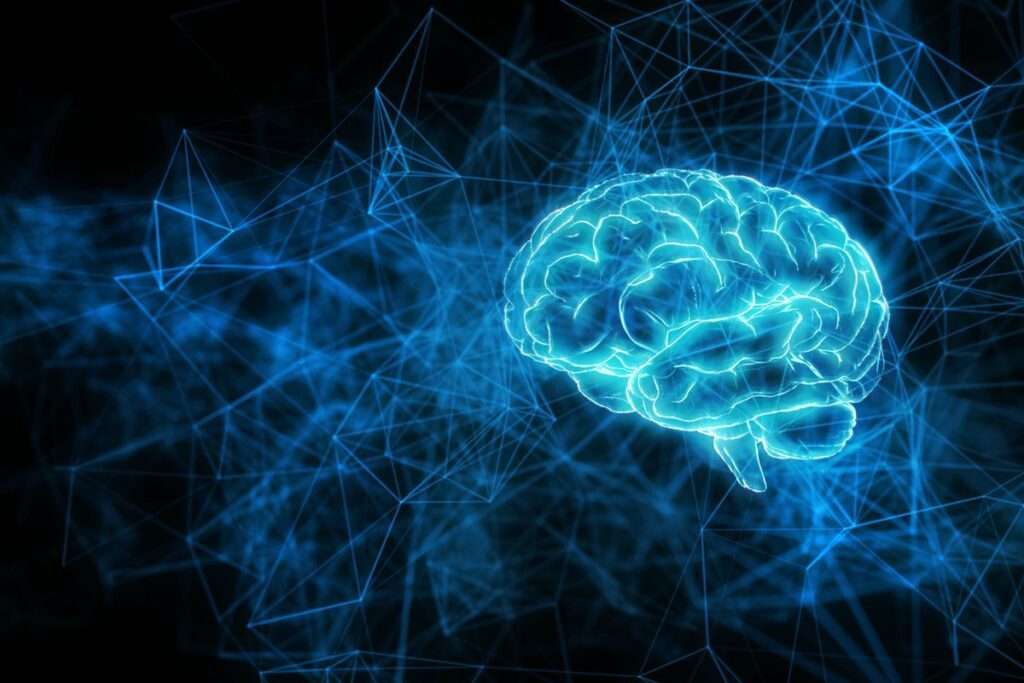Day 2: 14 Types of Neural Networks and their Applications
 Naveen
Naveen- 0
1 – Introduction to Neural Networks
Artificial intelligence has changed drastically because of neural networks, which are now an important part of various applications. They can be used to solve complex problems and make predictions by mimicking the structure and functioning of the human brain. So, in this article, we will talk about different types of neural networks, their characteristics, and how they can be used.

2 – Feedforward Neural Networks
Feedforward neural networks are the simplest type of neural network. They consist of an input layer, one or more hidden layers, and an output layer. The information flows from the input layer to the output layer without any feedback connections. Feedforward neural networks are widely used for tasks such as sales forecasting, customer research, risk management, speech recognition, and natural language processing.
3 – Convolutional Neural Networks
Convolutional neural networks (CNNs) are specifically designed for processing grid-like data, such as images and videos. They are mainly used for image processing and recognition tasks. They utilize convolutional layers to extract local patterns and features, which are then used to make predictions. CNNs have achieved remarkable success in computer vision related tasks, including object detection, image recognition, and image generation.
4. Recurrent Neural Networks
Recurrent neural networks (RNNs) are designed to process sequential data, where the current input depends not only on the current state but also on the previous inputs and states. This makes them suitable for tasks such as speech recognition, machine translation, and time series analysis. RNNs have a “memory” that allows them to capture long-term dependencies in the data.
5 – Long Short-Term Memory (LSTM) Networks
Long Short-Term Memory (LSTM) networks are a specialized type of recurrent neural network that solves the vanishing gradient problem. The vanishing gradient problem occurs when the gradients diminish exponentially, making it difficult for the network to learn long-term dependencies. LSTMs have an internal memory mechanism that enables them to retain information over long sequences, making them effective for tasks involving long-range dependencies.
6. Generative Adversarial Networks (GANs)
Generative Adversarial Networks (GANs) are a type of neural network architecture that consists of two components: a generator and a discriminator. The generator learns to create synthetic data similar to the training data, while the discriminator learns to distinguish between real and synthetic data. GANs have been used for tasks such as image synthesis, text generation, and data augmentation.
7. Self-Organizing Maps (SOMs)
Self-Organizing Maps (SOMs) are neural networks that utilize unsupervised learning to create a low-dimensional representation of high-dimensional input data. SOMs are often used for visualization and clustering tasks. They map input data onto a grid of neurons, where similar inputs are mapped to nearby neurons. SOMs have found applications in data mining, image recognition, and speech processing.
8. Radial Basis Function Networks (RBFNs)
Radial Basis Function Networks (RBFNs) are a type of neural network that uses radial basis functions as activation functions. RBFNs are commonly used for function approximation and pattern recognition tasks. They consist of an input layer, a hidden layer with radial basis function neurons, and an output layer. RBFNs have been applied in areas such as finance, control systems, and data mining.
9. Hopfield Networks
Hopfield networks are a form of recurrent neural networks that serve as content-addressable memory systems. They are designed to store and retrieve patterns from their connections. Hopfield networks are widely used in optimization problems, associative memory, and pattern recognition tasks.
10. Boltzmann Machines
Boltzmann Machines are stochastic generative models that use the principles of statistical mechanics to model complex systems. They consist of interconnected binary units that learn the underlying probability distribution of the training data. Boltzmann Machines have been used in various applications including image recognition, feature learning, and collaborative filtering.
11. Deep Belief Networks (DBNs)
Deep Belief Networks (DBNs) are neural networks composed of multiple layers of hidden units. They are a combination of restricted Boltzmann machines (RBMs) and feedforward neural networks. DBNs can learn hierarchical representations of data and have been successful in tasks such as speech recognition, natural language processing, and image classification.
12. Spiking Neural Networks (SNNs)
Spiking Neural Networks (SNNs) are a type of neural network inspired by the behavior of neurons in the brain. Unlike traditional neural networks that use continuous-valued activations, SNNs use discrete-time spikes to transmit information. SNNs are particularly suitable for modeling neural dynamics and have potential applications in neuromorphic computing, robotics, and brain-computer interfaces.
13. Modular Neural Networks
Modular Neural Networks are neural networks composed of multiple interconnected modules, each specialized in solving a specific subtask. These modules work collaboratively to solve complex problems. Modular Neural Networks have been used in various domains, including robotics, computer vision, and natural language processing.
14. Autoencoders
Autoencoders are neural networks designed to learn efficient representations of input data by training an encoder and a decoder network. They are used for tasks such as dimensionality reduction, data denoising, and anomaly detection. Autoencoders have applications in areas like image recognition, recommendation systems, and data compression.
Conclusion
In this article, we discussed different types of neural networks, each with their unique characteristics and applications. Feedforward neural networks, convolutional neural networks, recurrent neural networks, and LSTM networks are some of the popular types used in different tasks.
In addition, GANs, SOMs, RBFNs, Hopfield networks, Boltzmann Machines, DBNs, SNNs, modular neural networks, and autoencoders offer specialized capabilities for specific tasks. After understanding the different types of neural networks you will be able to apply them effectively in solving complex problems.

